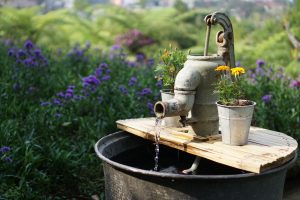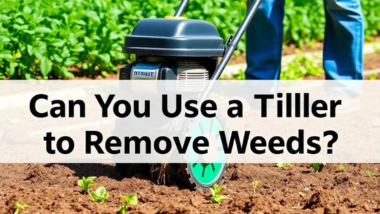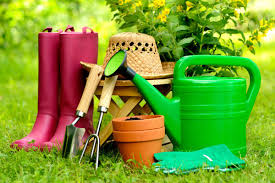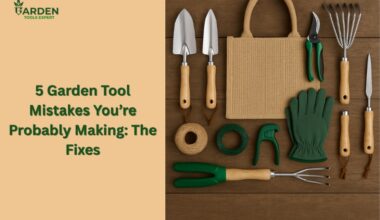
Table of Contents
Water pump tools are the unsung heroes of every thriving garden, especially for beginners just starting their gardening journey.
They make the difference between plants that merely survive and gardens that flourish with vibrant life. Instead of struggling with uneven watering or wasting hours carrying buckets, these tools simplify the process, ensuring your plants get just the right amount of hydration consistently and effortlessly.
For new gardeners, stepping into the world of garden tools can feel overwhelming. With so many options out there, it’s easy to get lost in the noise.
But water is the foundation of every healthy garden, and learning how to manage it effectively should always come first. By investing in water pump tools, you’re not just saving time, you’re protecting your plants, conserving water, and making gardening a stress-free, rewarding experience.
In this beginner-friendly guide, we’ll explore the different types of water pump tools, highlight their benefits, and walk you through choosing the right one for your space. By the end, you’ll have the knowledge and confidence to make watering easier, smarter, and more enjoyable.
What Are Water Pump Tools and Why Do Beginners Need Them?
Water pump tools are devices designed to move water from one source to another, making it easier to deliver consistent hydration to your garden.
Instead of relying on manual watering methods like carrying buckets or using a watering can, these tools automate the process and ensure that plants receive water efficiently. They can pull water from wells, rain barrels, or storage tanks and distribute it evenly across your garden space.
For beginner gardeners, this is a game-changer. One of the biggest challenges new gardeners face is maintaining a regular watering schedule.
Without the right system, plants often suffer from overwatering, which can lead to root rot, or underwatering, which stunts growth. Water pump tools help eliminate these issues by giving you more control over how much water your plants get and when.
Learning about water pump tools early on also sets beginners up for long-term success. It introduces the importance of water management, a fundamental gardening skill that often gets overlooked.
By starting with the right tools, you not only save time and effort but also build confidence in your ability to care for your garden.
The 7 Essential Types of Water Pump Tools for Gardening
When it comes to creating a healthy, thriving garden, not all water pump tools are the same. Each type is designed for a specific purpose, making it easier for beginner gardeners to match their needs with the right tool.
Let’s break down the seven most essential types so you can decide which one works best for your garden.
Manual Water Pumps
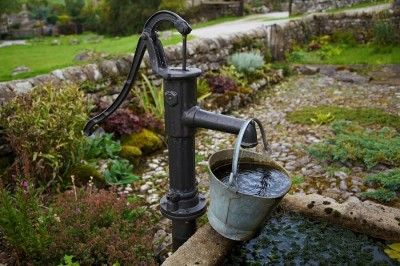
If you’re just starting with a small garden, a manual water pump may be all you need. These pumps are powered by hand and are simple to operate, making them beginner-friendly.
They don’t require electricity, which means they’re cost-effective and perfect for gardeners working with limited resources. While they may not be suitable for larger spaces, manual pumps are reliable, durable, and a great way to learn the basics of water management.
Electric Water Pumps

For those with larger gardens or backyard spaces, an electric water pump is a practical upgrade. They provide strong and consistent water pressure, allowing you to cover wide areas without much effort.
These water pump tools are perfect for beginner gardeners who want efficiency and speed. The only thing to consider is the energy cost and ensuring you have access to a safe power supply.
Solar-Powered Pumps
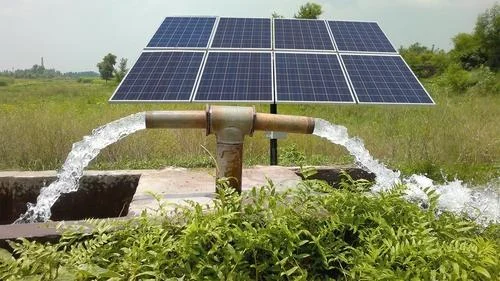
If you’re passionate about sustainability, solar-powered water pumps are an excellent choice. These pumps use solar panels to generate energy, making them eco-friendly and cost-saving in the long run.
Beginners often love them because they require little maintenance and eliminate electricity bills. The only limitation is that their performance depends on sunlight, so they may not be as powerful during cloudy days or in shaded areas.
Submersible Pumps
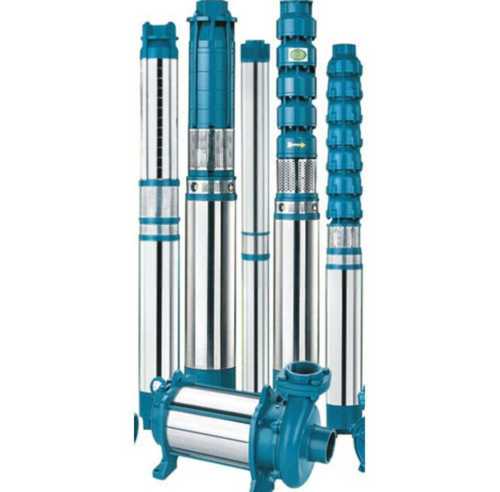
Submersible water pumps are designed to work underwater, making them ideal if you rely on wells, ponds, or rainwater tanks as your water source. They are highly efficient at moving water directly to the surface.
Beginner gardeners benefit from these pumps because they can access water stored naturally, reducing dependence on municipal supplies. They do require careful installation and proper maintenance, but their long-term value is undeniable.
Surface Pumps
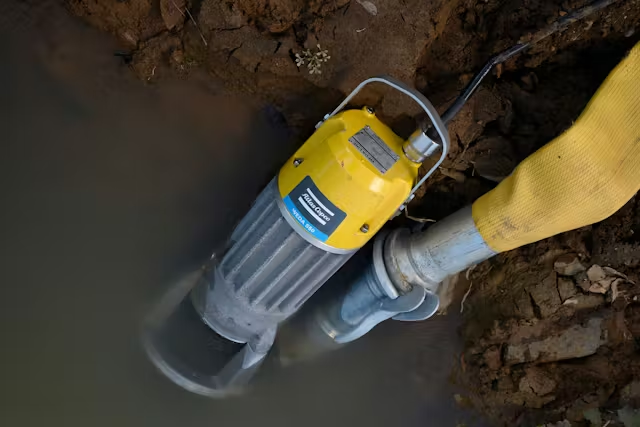
If your water source is shallow, like a rain barrel or a small reservoir, surface water pumps are the right fit. These sit above the water source and draw water up for distribution. They are easier to install than submersible pumps and perfect for smaller or medium-sized gardens. Beginners often find surface pumps simple to manage, though they may not be as efficient for deeper sources.
Drip Irrigation Pumps
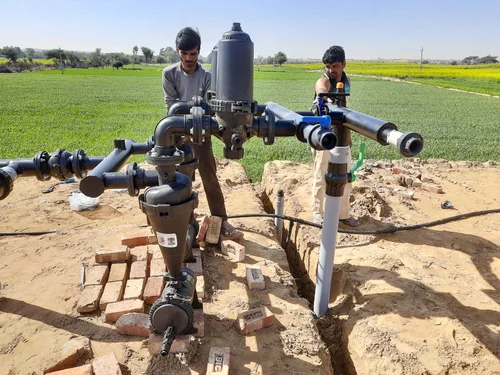
One of the smartest water pump tools for beginners is the drip irrigation pump. These pumps deliver water directly to the roots of your plants in small, controlled amounts. Not only does this conserve water, but it also prevents common problems like overwatering.
They are especially useful for vegetable gardens, potted plants, and flower beds, giving your garden a professional touch with minimal effort.
Fountain and Decorative Pumps
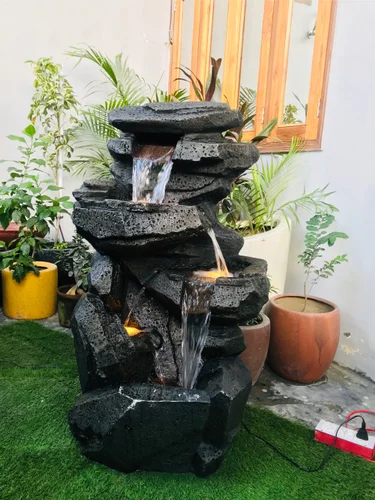
Finally, some gardeners love adding beauty to their space while keeping it functional. Fountain or decorative pumps provide a steady water flow for garden features like fountains, ponds, or waterfalls.
While they may not be essential for plant care, they help maintain water circulation, which is useful for gardens with aquatic plants or fish. For beginners, these pumps add charm and personality to your garden, making it both practical and visually appealing.
Key Benefits of Using Water Pump Tools in Your Garden
For beginner gardeners, the biggest challenge is keeping plants consistently watered without spending hours hauling buckets or struggling with uneven distribution. This is where water pump tools make all the difference. They simplify the process and offer several benefits that directly impact the health of your garden and the enjoyment of your gardening journey.
Save Time and Effort
One of the most obvious benefits of water pump tools is how much time and energy they save. Instead of manually carrying water, pumps automate the process, freeing you to focus on planting, pruning, or simply enjoying your garden.
Healthier, Thriving Plants
Plants grow best when they receive consistent watering. With water pump tools, you can regulate the flow and ensure every plant gets the right amount of hydration. This reduces the risk of wilting or root rot, two common mistakes beginner gardeners face.
Conserve Water
Water waste is not only costly but also harmful to the environment. Pumps such as drip irrigation systems deliver water directly to plant roots, minimizing evaporation and ensuring every drop counts.
Scale Your Garden with Confidence
As your gardening skills improve, you might want to expand. Whether you’re moving from a few potted plants to a backyard vegetable patch, water pump tools grow with you. They provide the efficiency you need to manage larger spaces without extra stress.
In short, investing in the right water pump tools gives you peace of mind, healthier plants, and more time to enjoy the beauty of gardening.
How to Choose the Right Water Pump Tool as a Beginner
With so many water pump tools available, choosing the right one can feel overwhelming, especially if you’re just starting your gardening journey. The good news is that you don’t need to be an expert to make the right decision. By considering a few key factors, you can find a pump that fits your garden perfectly.
Match the Pump to Your Garden Size
The size of your garden is the first thing to think about. A small balcony or container garden may only require a simple manual or drip irrigation pump, while larger spaces benefit from electric or submersible pumps. Matching pump capacity to your garden size ensures efficiency without overspending.
Consider Your Water Source
Not all water sources are the same. If you rely on a shallow rain barrel, a surface pump is a great option. For wells or deeper storage tanks, submersible pumps work better. Solar pumps are an eco-friendly choice for areas with plenty of sunlight.
Budget and Maintenance
Beginner gardeners don’t always need the most advanced systems. Start with what you can afford and expand as your garden grows. Look for pumps that are durable but also easy to clean and maintain. This will save you headaches down the line.
A Quick Checklist for Beginners
- Identify your water source.
- Measure your garden size.
- Set a realistic budget.
- Choose a pump that’s easy to install and maintain.
By keeping these factors in mind, you’ll find water pump tools that not only meet your current needs but also grow with your gardening ambitions.
Beginner Mistakes to Avoid with Water Pump Tools
While water pump tools are designed to make gardening easier, many beginners run into problems simply because they overlook the basics. Avoiding these common mistakes will save you time, money, and frustration while helping your garden thrive.
Choosing the Wrong Pump Size
One of the most frequent mistakes is buying a pump that doesn’t match your garden size. A small manual pump won’t keep up with a large backyard, while an oversized electric pump can waste energy and water.
The key is to choose water pump tools that align with your garden’s scale and watering needs.
Ignoring Energy Compatibility
Not all pumps work with every power source. Solar pumps, for example, need plenty of direct sunlight, while electric pumps require safe and steady access to power.
Beginner gardeners often skip this step and end up with tools that don’t perform as expected. Always check energy compatibility before making a purchase.
Neglecting Maintenance
Even the best water pump tools need care. Clogged filters, leaky hoses, or improper storage during the rainy or dry season can shorten the lifespan of your pump. Regular cleaning and seasonal checks will keep your system running smoothly.
Overwatering or Underwatering Plants
Just because a pump delivers water efficiently doesn’t mean more is better. Many beginners make the mistake of overwatering, which can damage roots. Drip irrigation pumps or adjustable flow settings help you control output and protect your plants.
By learning from these beginner pitfalls, you’ll get the most out of your water pump tools and create a healthier, more resilient garden.
Easy Maintenance Tips for Long-Lasting Water Pump Tools
Buying the right water pump tools is only the first step; keeping them in top condition ensures they last for years and continue working efficiently. Beginner gardeners sometimes assume pumps run on their own without care, but simple maintenance routines can prevent costly repairs and extend your tool’s lifespan.
Clean Filters Regularly
Most water pump tools come with filters that prevent dirt, leaves, and debris from clogging the system. Over time, these filters can get blocked, reducing water flow. Make it a habit to rinse or replace filters regularly, especially during peak gardening months.
Perform Seasonal Checks
Before the hot, dry season begins, inspect your pump for any leaks, cracks, or worn-out parts. Similarly, as the rainy season ends, check connections and hoses for damage. Seasonal checks keep your water pump tools reliable when you need them most.
Store Properly When Not in Use
If you’re not gardening year-round, store your pump in a dry, shaded space. Avoid leaving it exposed to harsh weather, as this can cause rust or electrical issues. For solar pumps, clean the panels before storing to maintain efficiency.
Learn Quick Fixes
Minor issues like loose connections, small leaks, or low water pressure can often be fixed without professional help. Familiarize yourself with basic troubleshooting tips from the pump’s manual to avoid unnecessary downtime.
By following these simple practices, your water pump tools will stay dependable, efficient, and ready to support your garden season after season.
Cost Guide: What to Expect When Buying Water Pump Tools
The price of water pump tools varies depending on size, power, and features. For beginners, entry-level manual pumps can cost very little and are perfect for small gardens.
Mid-range options like electric or surface pumps offer better efficiency and typically fall within a moderate budget. If you’re ready to invest in long-term solutions, solar-powered or submersible pumps are more expensive but highly durable and cost-saving over time.
Don’t forget to budget for accessories like hoses or connectors, which complete your setup and maximize efficiency.
Conclusion: Make Watering Effortless with the Right Water Pump Tools
Every thriving garden starts with one essential ingredient: water. By choosing the right water pump tools, you’re not just simplifying the way you care for your plants; you’re also setting yourself up for long-term success as a gardener.
From saving time and conserving water to ensuring your plants get consistent care, these tools transform gardening from a tiring chore into an enjoyable experience.
Now it’s your turn. What type of water pump tool do you think will make the biggest difference in your garden?
Drop your thoughts in the comments below. And if you found this guide helpful, share it with a fellow beginner gardener never know whose gardening journey you might inspire today!

